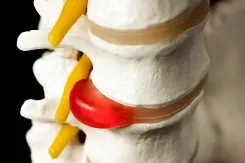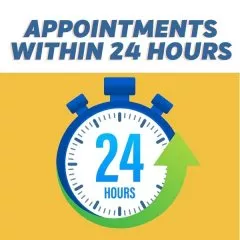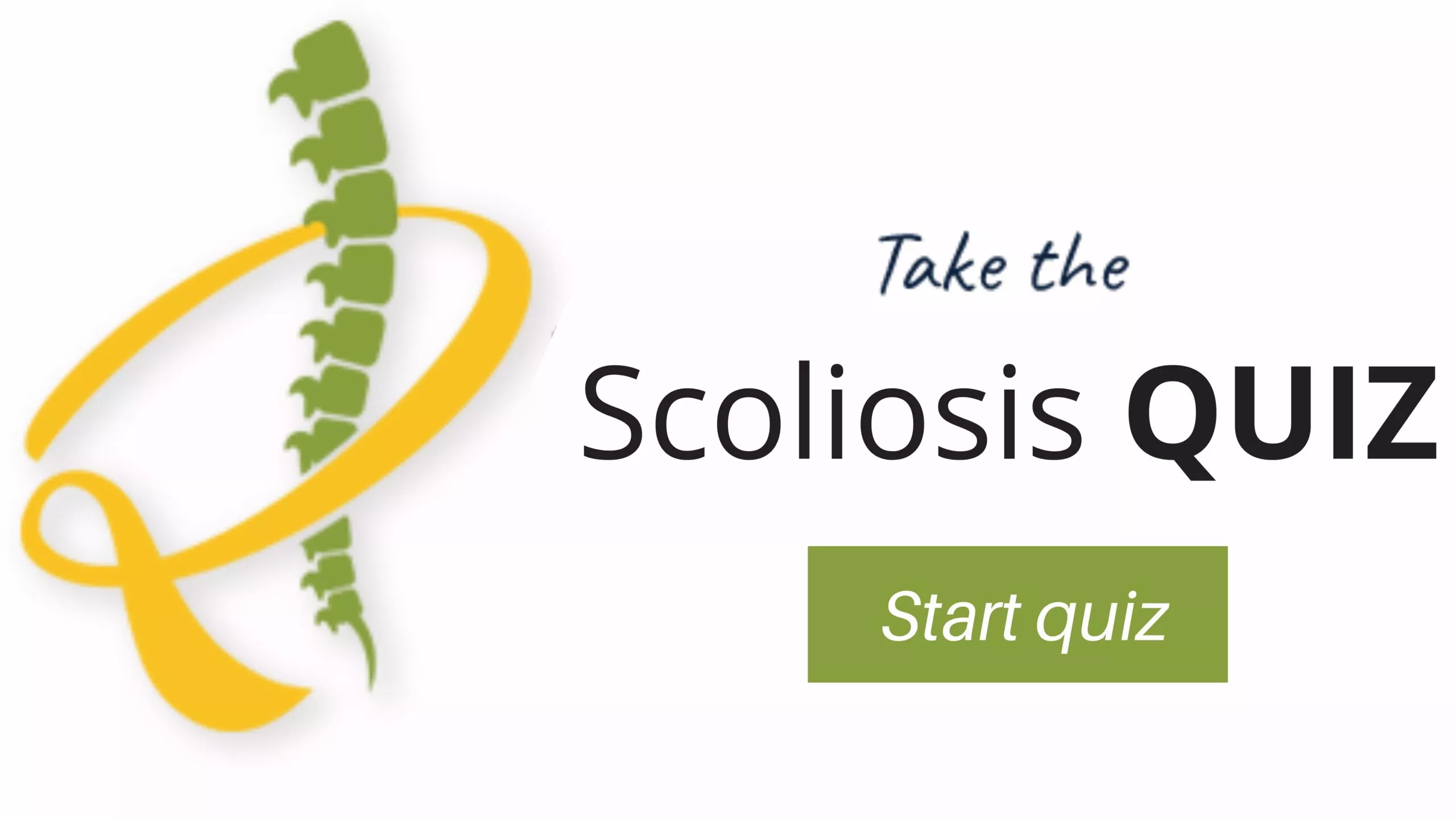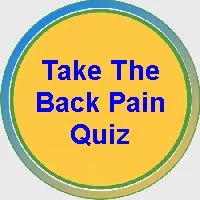
LUMBAR HERNIATED DISC:
A Lumbar Herniated Disc, also known as a slipped or ruptured disc, occurs in the lower back when the inner, softer portion of a spinal disc bulges out through a tear or crack in the outer, tougher portion of the disc. This can put pressure on the nerves in the spinal cord. This will cause pain, numbness, tingling, or weakness in the affected area of the body.
3 percent of individuals with progressive curvature may eventually experience severe problems that can include scoliosis and back pain, spinal problems, and nerve compression causing numbness, weakness, and leg pain.
Lumbar Herniated Disc
 Southwest Scoliosis and Spine Institute’s board-certified, fellowship-trained orthopedic doctors, Richard Hostin, MD, Devesh Ramnath, MD, Ishaq Syed, MD, Shyam Kishan, MD, and Kathryn Wiesman, MD, have years of experience treating thousands of patients with complex spine conditions, including herniated lumbar discs.
Southwest Scoliosis and Spine Institute’s board-certified, fellowship-trained orthopedic doctors, Richard Hostin, MD, Devesh Ramnath, MD, Ishaq Syed, MD, Shyam Kishan, MD, and Kathryn Wiesman, MD, have years of experience treating thousands of patients with complex spine conditions, including herniated lumbar discs.
A herniated disc normally happens due to aging or normal wear and tear. The outer layer of tissue holding the disc in place can gradually degrade over time (a condition known as degenerative disc disease). Also, a herniated lumbar disc may also result from a traumatic injury, but this is less common.
A normal middle of the disc is called the nucleus pulposus. Inside the disc is a soft part surrounded by a tougher outer shell, like a tire. Inside the disc, it is composed of a jelly-like material that consists of mainly water, and a network of collagen fibers. In the normal disk, the nucleus pulposus moves anteriorly with your lumbar spine as it extends. A herniated disc loses the soft middle and no longer provides the cushion between vertebras.
Lumbar Herniated Disc Symptoms
Symptoms of a herniated lumbar disc include:
- Lower back pain
- Leg pain
- Weakness or numbness
- Difficulty lifting the feet when walking or standing which is called foot drop
- Painful tingling or feelings like electric shocks, usually in the buttocks and legs
Question and Answer
What are the Symptoms of a Lumbar Herniated Disc?
The symptoms of a lumbar herniated disc can include lower back pain, leg pain, numbness or tingling in the legs or feet, and weakness in the legs. The severity of the symptoms can vary depending on the location and severity of the herniation.
How do you diagnose a Lumbar Herniated Disc?
Doctors typically diagnose a lumbar herniated disc through a combination of physical examination, imaging tests such as MRI or CT scans, and nerve function tests. Your doctor may also ask about your medical history and any other symptoms existing..
What are the non-surgical treatments for a Lumbar Herniated Disc?
Non-surgical treatments for a lumbar herniated disc may include physical therapy, pain management, and the use of lumbar traction or braces to support the back.
Usually, the first (and by far the most common) symptom of a herniated lumbar disc is located in the lumbar spine. This part of the spine is located in the lower back area. This condition also normally presents with pain in the lower back. When a lumbar disc herniation presses on the nerves, it can lead to a condition known as sciatica. The discs in your back are like shock absorbers. When these shock absorbers lose the fluid inside, the bones start to rub together. Sometimes it may pinch the closest nerve and cause pain. Hence, it will cause pain and possibly numbness, tingling, or weakness in the buttocks and down the back of the legs.
When a herniated disc presses on nearby nerves, it can cause pain, numbness, and weakness where the nerve(s) travels. If it isn’t pressing on a nerve, you may only experience minor pain or even no pain at all. In severe cases, this condition can lead to a loss of bladder or bowel control. While this is rare, doctors will recognize this as an indication of a serious condition requiring immediate medical attention.
Diagnosing a Lumbar Herniated Disc
When you come to Southwest Scoliosis and Spine Institute, your doctor will start by going over your medical history and performing a thorough physical exam, looking for any difficulty walking or pain in the lower back. Furthermore, they may ask you to do a leg raise test to see if you are experiencing a ‘foot drop’ or other neurological symptoms.
The doctor will confirm a diagnosis of lumbar disc herniation using X-ray imaging, computed tomography (CT) scans, and/or magnetic resonance imaging (MRI). Because X-ray imaging can only show issues with the bones themselves and not the soft tissue, the doctor may order a CT or MRI scan to confirm the condition.
Our practice uses an advanced low-dose radiation X-ray imaging system that takes high-quality images of patients in under a minute. In addition, it can also take X-rays of patients in multiple positions, and it’s conveniently located inside our Dallas location, which means that you and your doctor can review the X-rays right after they are taken, during your appointment.
When a herniated disc presses on nearby nerves, it can cause pain, numbness, and weakness in the area of the body where the nerve(s) travels. If it isn’t pressing on a nerve, you may only experience minor pain or even no pain at all.
Treatment for Lumbar Disc Herniation
Fortunately, most patients do not require surgery for a herniated lumbar disc. Similarly, they will improve with nonsurgical treatment over a period of days or weeks. In most cases, patients fully recover within 2-4 months, though the pain may return on and off while they recover.
Nonsurgical Treatment
At the Southwest Scoliosis and Spine Institute, our physicians always try to take a conservative approach to treatment before considering surgery. Above all, the doctor will consider all options, and treatment will depend largely on the patient’s age, health, and condition.
Moreover, non-surgical treatments for lumbar disc herniation include:
- Staying active. The best way to help reduce swelling and ease the pain is just to do low-intensity activities like walking. Staying off your feet for a few days is usually advised, but most doctors do not recommend bed rest for more than 1-2 days. It’s also important to avoid sitting for long periods of time.
- Physical therapy. Your doctor may recommend that you see a physical therapist. However, your doctor may recommend exercises to help strengthen and stabilize the muscles of the lower back and abdomen.
- Non-steroidal medications. Over-the-counter medications help reduce swelling and pain. Your doctor may also prescribe extra-strength versions for a short period of time.
- Epidural steroid injection. Injections of steroidal drugs near affected nerves can help by providing short-term pain relief and further reducing inflammation.
Surgery for Lumbar Herniated Disc
Only a small percentage (about 10-15%) of patients with lumbar disc herniation require surgery. Herniated disc surgery is typically recommended if nonsurgical treatment has not relieved painful symptoms.
Surgical treatment includes:
- Lumbar discectomy. This procedure involves removing any affected disc(s) through an incision in the back. This surgery is often the best option when there is more than one herniated disc on different levels of the spine.
- Microdiscectomy. Typically used when there is just a single herniated disc, a microdiscectomy is a minimally invasive version of a discectomy. Using a much smaller incision, the surgeon performs the operation with the use of a thin tube with a microscopic camera on the end. Like the regular discectomy, any herniated portion of the disc is removed.
- Lumbar laminectomy. This procedure commonly accompanies a discectomy/microdiscectomy, as it gives the surgeon access to the herniated disc. During a laminectomy, a small opening is made in the lamina, which is the back part of the vertebra that covers the spinal canal.
After the disc is removed through a discectomy, the spine may need stabilization via a spinal fusion procedure. The doctor uses bone grafts, screws, rods, etc. to hold the vertebrae in place while they heal.
Why Choose Southwest Scoliosis and Spine Institute
 The Spine is the specialty of our doctors and surgeons at Southwest Scoliosis and Spine Institute. We understand your concerns and can answer your questions regarding your condition. We know how to use our specialized knowledge skills and abilities to stop the pain. Our doctors and staff have many years of training and experience in Spine and Back Pain. We treat kids, adolescents, and adults and can help them get back to living the life they love.
The Spine is the specialty of our doctors and surgeons at Southwest Scoliosis and Spine Institute. We understand your concerns and can answer your questions regarding your condition. We know how to use our specialized knowledge skills and abilities to stop the pain. Our doctors and staff have many years of training and experience in Spine and Back Pain. We treat kids, adolescents, and adults and can help them get back to living the life they love.
The following are just a few of the many reasons why patients might choose Southwest Scoliosis and Spine Institute.
- Expertise in the spine: The team of specialists is spine experts. They specialize in the diagnosis and treatment of spinal conditions, ensuring the best possible care for their patients.
- Cutting-edge technology: Our practice uses the latest technology and techniques to diagnose and treat a wide range of conditions. In addition, we use minimally invasive procedures that reduce pain and promote faster recovery.
- Comprehensive care: Our practice offers a full range of services, from diagnostic imaging and physical therapy to surgery. We ensure that patients receive complete, seamless care for their spinal conditions.
- Dedicated facilities: Southwest Scoliosis and Spine Institute is dedicated to providing patients with a safe and comfortable environment.
Finally, our board-certified physicians and fellowship-trained orthopedic surgeons use the full range of treatments to treat our spine patients. Southwest Scoliosis and Spine Institute Doctors and Surgeons are Spine experts with offices in Dallas, Plano, and Frisco, Texas.
We offer cutting-edge technology, comprehensive care, and dedicated facilities to ensure the best possible care for our patients. Call today to make an appointment.
____________________
Spine Health: Lumbar Herniated Disc
National Institute of Health: Lumbar Herniated Disc
We’re here to help STOP THE PAIN
If you are an adult living with scoliosis or have a child with this condition and need a doctor who specializes in orthopedic surgery,
call the Southwest Scoliosis and Spine Institute at 214-556-0555 to make an appointment today.


